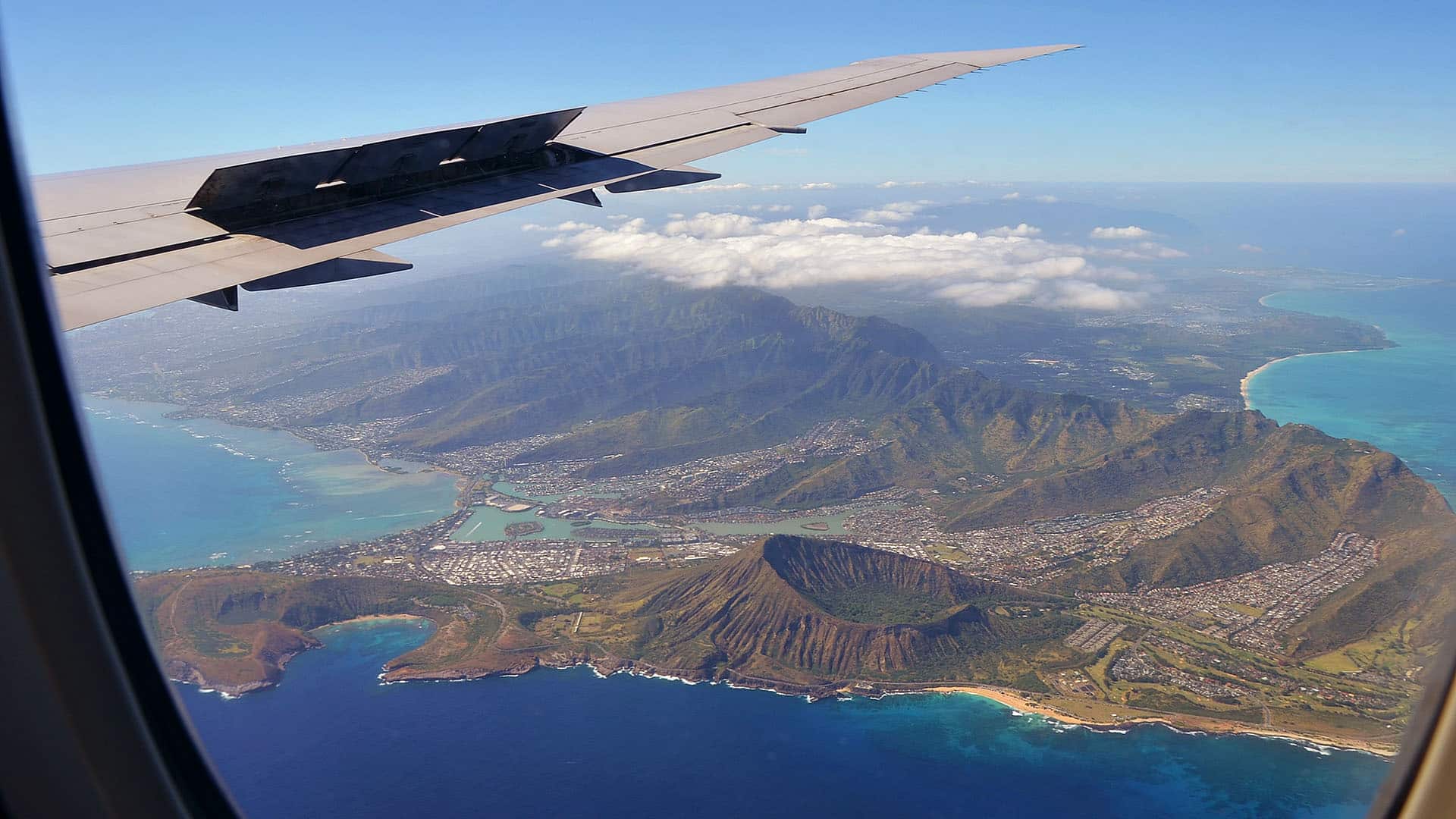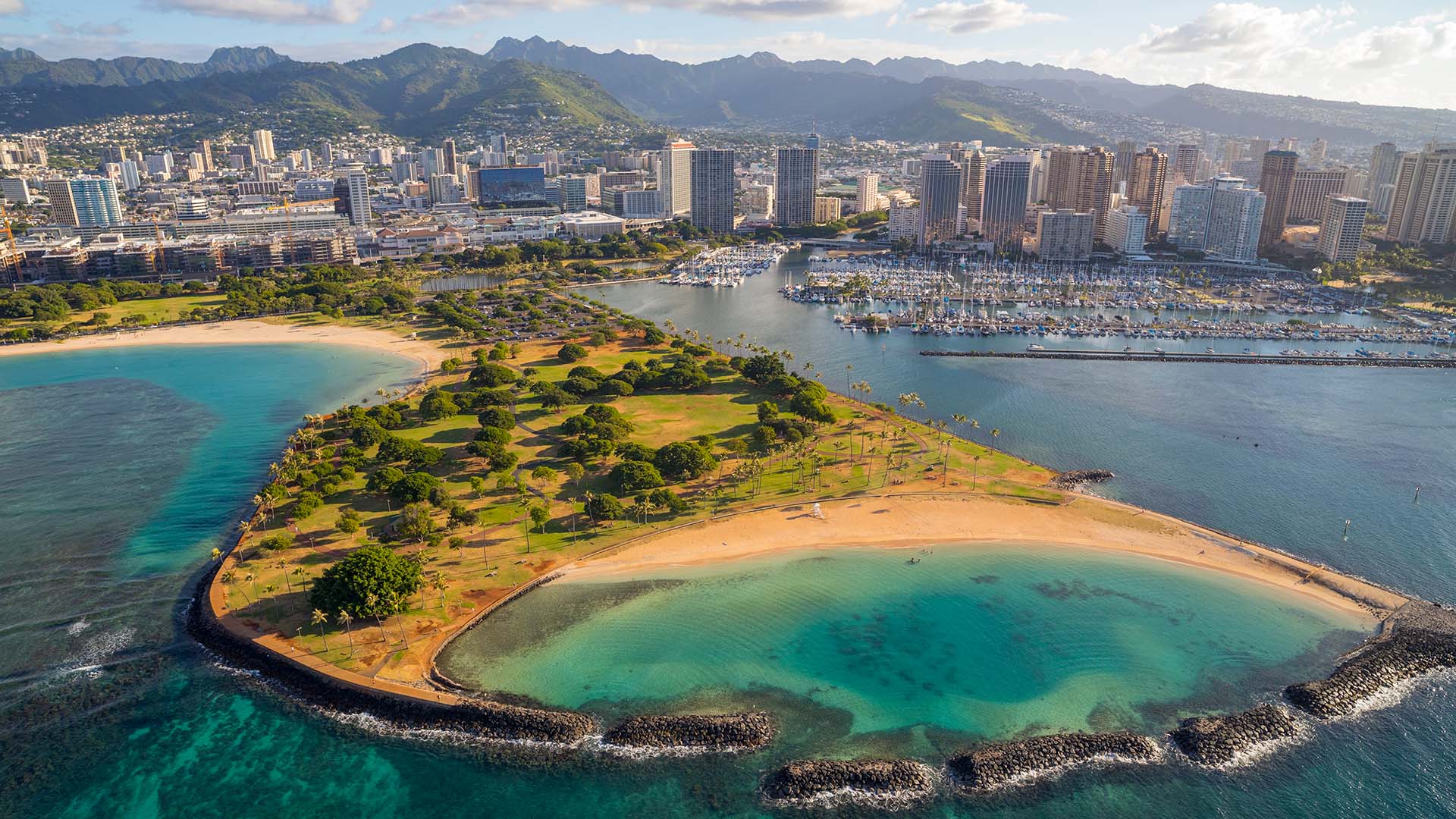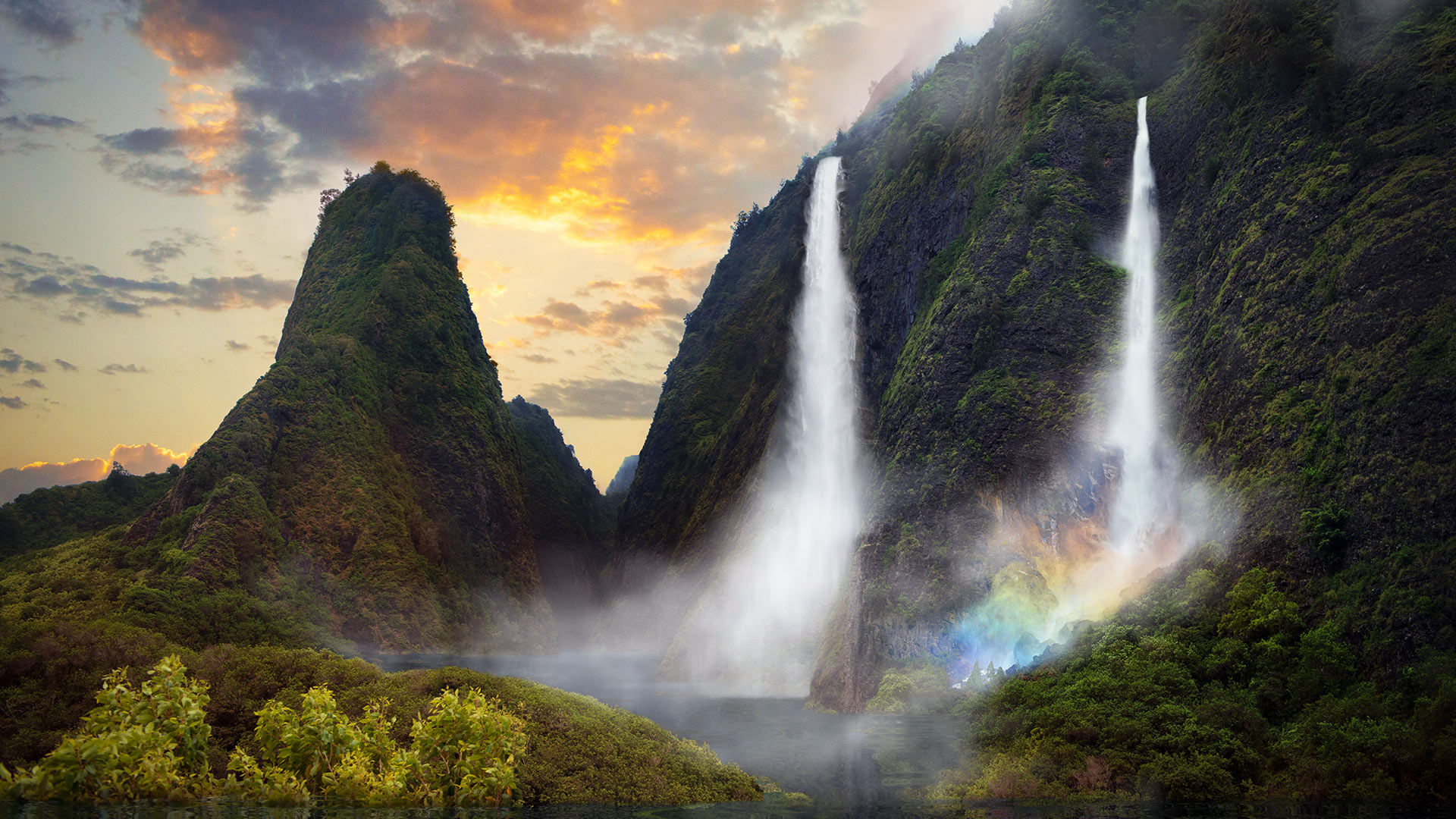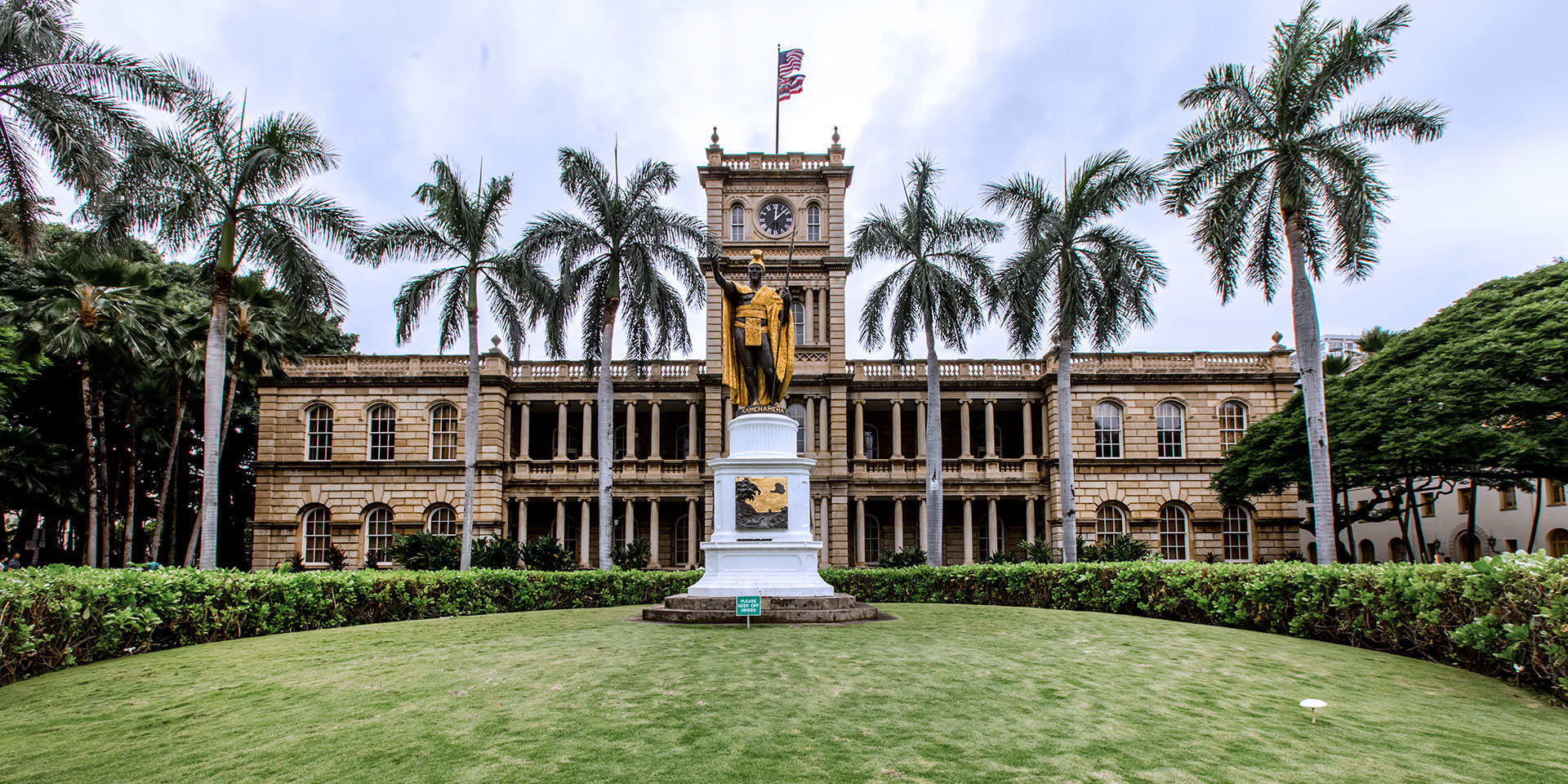
See how the royal Hawaiians live at Iolani Palace. (Photo: Getty Images)
HawaiiRoyal Residences: Go Inside the World of Hawaii’s Palaces
By KATHRYN WAGNERThe word “palace” conjures up visions of opulence, drama and, of course, sparkling crowns. The leaders of the Kingdom of Hawaii enjoyed power, pageantry and prestige.
Hawaii became a U.S. state in 1959, and vestiges of the Hawaiian Islands’ royal past can still be encountered in palaces and historic sites, whispering stories they’d like to share.
Start at the Beginning
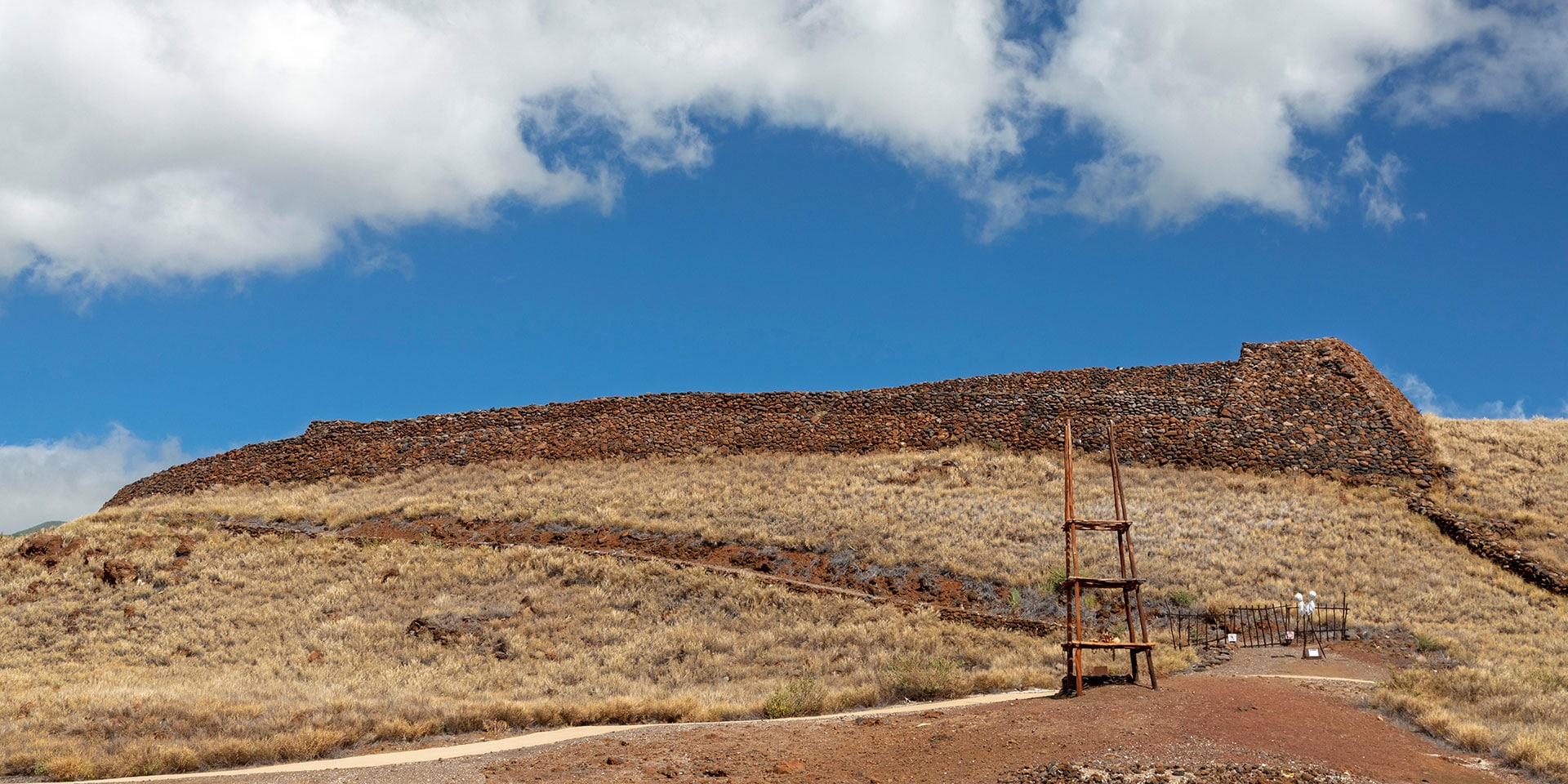
It’s not a palace, per se, but the tale of Hawaii’s royal lineage begins at Hawaii Island’s Pu’ukohoā Heiau, a historic site which marks the beginning of Hawaiian Kingdom. Kamehameha the Great — who earned his moniker by uniting the islands into one kingdom — himself oversaw construction on a huge heiau, or sacred temple, circa 1790–1791 here.
No mortar or cement secured the stones of this National Historic Site, which today symbolizes unification and lasting peace. Sharp-eyed visitors will find brick markers where the circa-1801 building once stood.
See How the Monarchs Lived in Honolulu
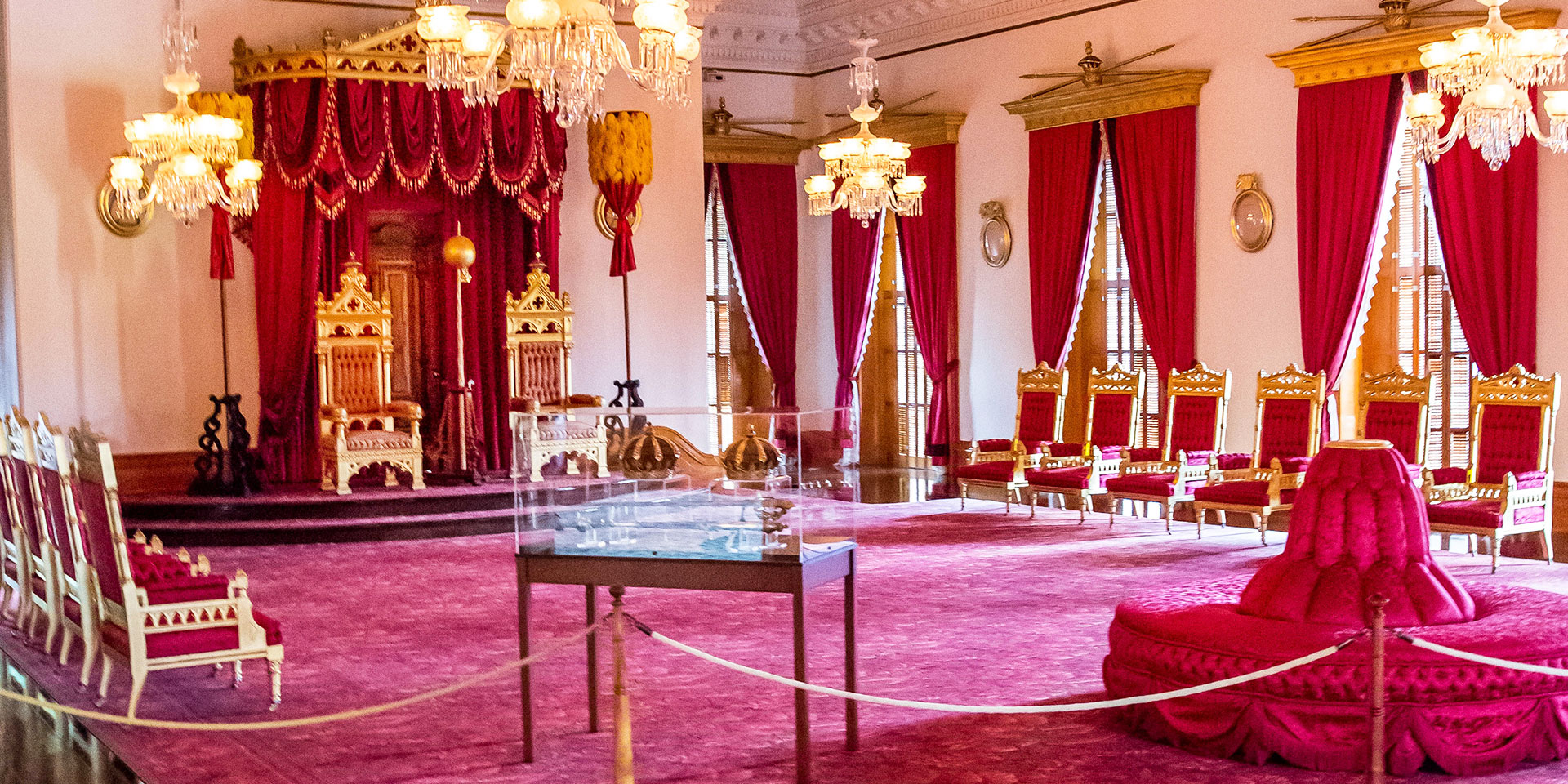
Completed in 1882 and featuring a design style found nowhere else in the world — American Florentine, aka “Hawaiian renaissance architecture” — Iolani Palace is on the same royal grounds as a prior palace that was completed in 1845 by King Kamehameha III.
Visiting Iolani Palace’s meticulously restored rooms — via either guided tours or self-led audio tours — really feels like stepping back in time. Insider’s tips: Reserve tours ahead, as this is a popular destination; don’t miss the royal jewelry display in the basement galleries; and check out the twice-monthly pop-up musical performances done in the Imprisonment Room.
The downtown Honolulu site of Iolani is quite near another royal residence, Washington Place. It was home to Queen Liliuokalani from 1862 until her death in 1917. The palatial Greek Revival mansion is today used by Hawaii’s governors for posh official functions but does host tours for the public.
Hidden in Plain Sight
Located right in the heart of Waikiki, the Sheraton Princess Kaiulani is actually built on grounds linked to Hawaiian royalty. The property once housed the ‘Ainahau Estate, belonging to Princess Victoria Kaiulani, heir to the throne of the Kingdom of Hawaii.
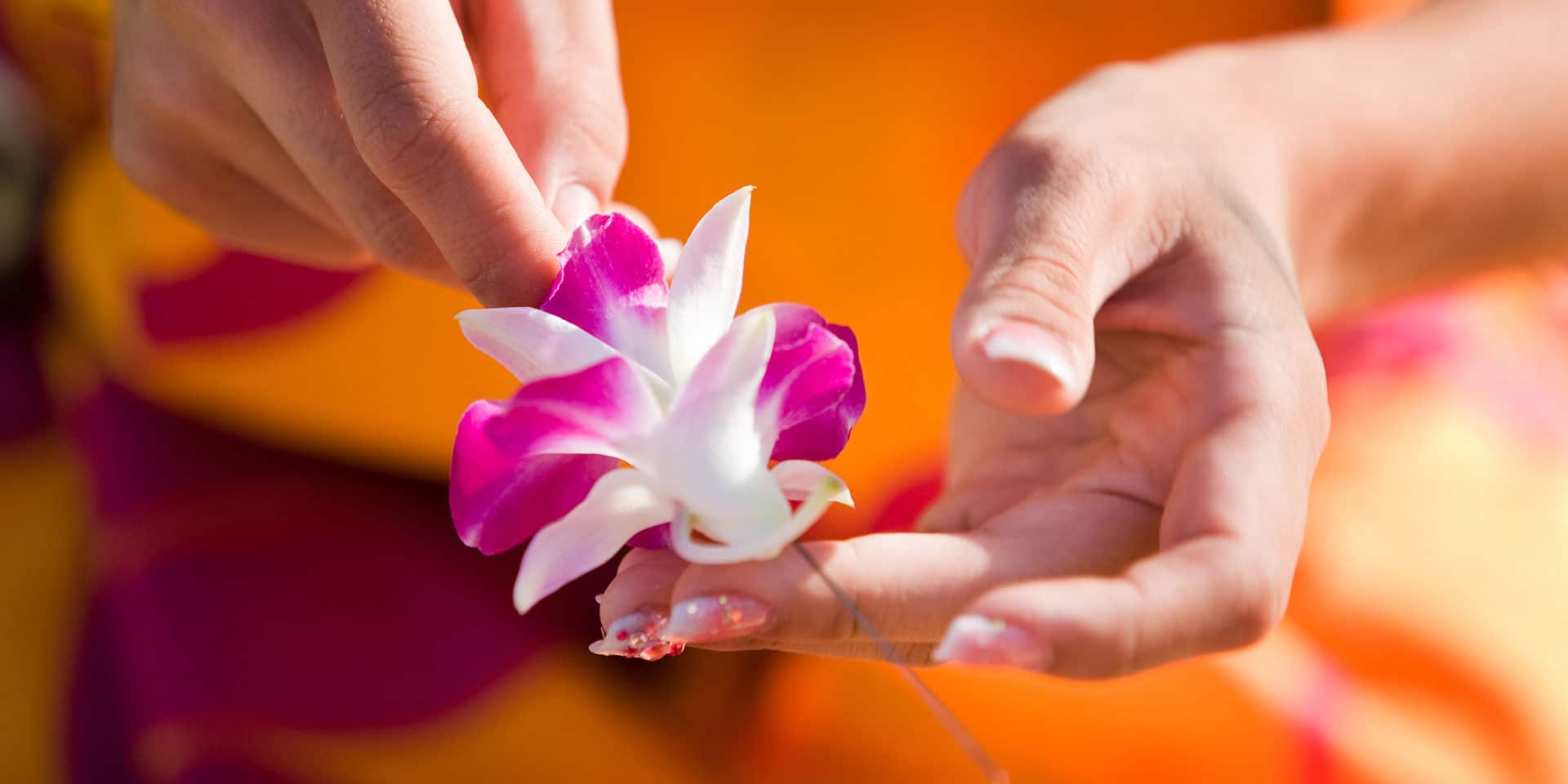
Though the edifice no longer exists, the Sheraton Princess Kaiulani was named in homage to the beloved young woman known as the Peacock Princess for her love of the birds. Daily activities at the resort, such as lei making and hula lessons, teach more about the Hawaiian culture overall.
Close by, the Royal Hawaiian Center also has a fascinating history connected to Hawaiian royalty. Where people now dine on sushi or steaks, and shop at the likes of Harry Winston, there once was a grove with 10,000 coconut trees, called Helumoa. The site later served as a home for King Kamehameha I.
Royal Getaways
Monarchs, like all of us, need to chill out once in a while, and to that end, two of the royal palaces were specifically for royal R&R. Queen Emma Summer Palace, or Hānaiakamalama, was built on Oahu in 1847 as a breezy retreat for Queen Emma, consort of Kamehameha IV. The now-museum is in Nuuanu Valley, a quick drive from downtown Honolulu, offering a collection that includes some of Queen Emma’s belongings, as well as antique furnishings.
On the Island of Hawaii, in Kailua-Kona, Hulihee Palace, has been home to more members of Hawaii’s ali’i, or ruling class, than any other home in the Hawaiian Islands. It was built in 1838 as a summer retreat out of lava rock. Today it is a museum known for its displays of koa wood furniture and artifacts from the royals.





